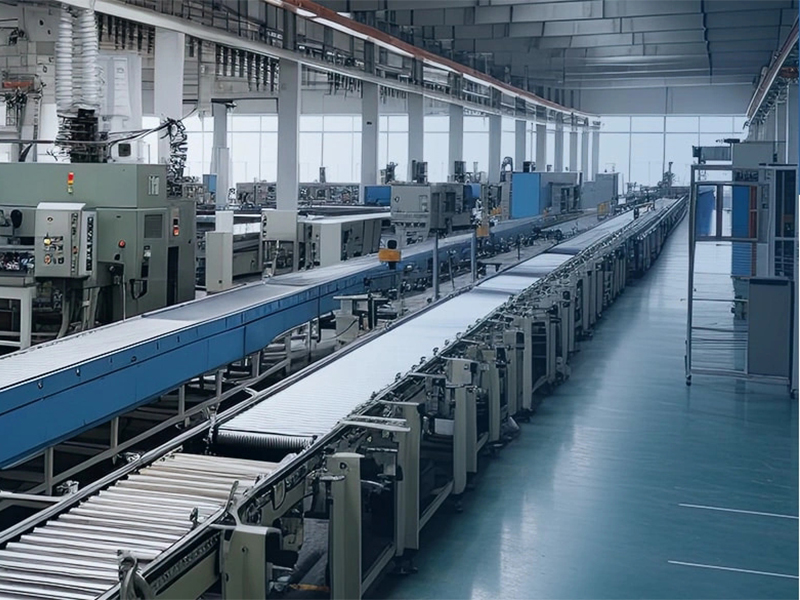Predictability in food processing isn't a nice-to-have. It's a must-have.
And to get there, it's time for packaging automation.
For years, automation sat in the nice-to-have category to enhance operations. However, with continuing labor shortages and supply chain challenges, automation is increasingly being used to improve predictability and limit disruptions for food processors and manufacturers.
Here are four core benefits to automating your processes.
Benefit #1: Optimize your workforce.
When we’re talking about the workforce, automation has meant a lot of different things to different companies. In some cases, automated processes replace workers and streamline manual processes.
But when filling enough roles to support your day-to-day operations is difficult, automation allows you to optimize the workforce you have and minimize disruption during shortages.
It builds predictability back into your operations.
A few areas of labor optimization include:
Improved training and onboarding: Food processing automation establishes processes that can be used for training. Clear steps and documentation streamline onboarding.
Enhanced worker satisfaction and retention: Automation often allows employees to perform their jobs more safely and efficiently, while reducing fatigue and unplanned overtime. That can have a big impact on job satisfaction and retention.
Delegated manual and repetitive tasks to automation: Manual tasks like bagging, finishing, labeling, and packing can be shifted to automation, so employees can work where they have the biggest impact.
Benefit #2: Reduce downtime with connected data.
Downtime is a risk of any manufacturing operation.
With the connected data that automation provides, it’s possible to reduce downtime and even plan for it.
For example, remote technicians can offer continuous service and line improvements, and have a log of what’s happened. If a machine goes down unexpectedly, that data is available to more quickly bring things back online.
Connected data and analytics are also essential to predictive maintenance. When you can predict a problem, you’re more able to plan for it and schedule downtime in a way that minimizes the impact on production.

Benefit #3: Enhance consistency of production.
Speed of automation gets a lot of focus, but production consistency is more critical when it comes to overall equipment effectiveness (OEE).
Automation allows all the factors that affect OEE—availability, performance, quality, and rate—to be efficiently maximized.
A predictable, reliable throughput reduces your cost to deliver and maximizes the value of automation. When your results are consistent and your speed is optimized, you know your system is running at peak efficiency.
Benefit #4: Integrate and scale predictability across your business.
When companies integrate packaging equipment, materials, automation, and digital diagnostics into their operations, it’s often to enhance a process at a single point.
However, the positive impact of automation may expand to upstream and downstream processes as well. Some examples include:
Fewer rejects during quality assurance: Consistent monitoring helps ensure product quality and consistency—and helps quickly identify any issues—at the point of packaging to improve quality assurance checks.
Less rework: Real-time alerts can signal when adjustments are needed to a process, resulting in less rework.
Better productivity: Predictive maintenance and scheduled downtime can limit disruptions to productivity, throughput, and efficiency.
Add Predictability Through Automation in Food Processing
There are a lot of variables impacting the day-to-day operations in food processing. Packaging automation is a powerful strategy to bring predictability back to your business.